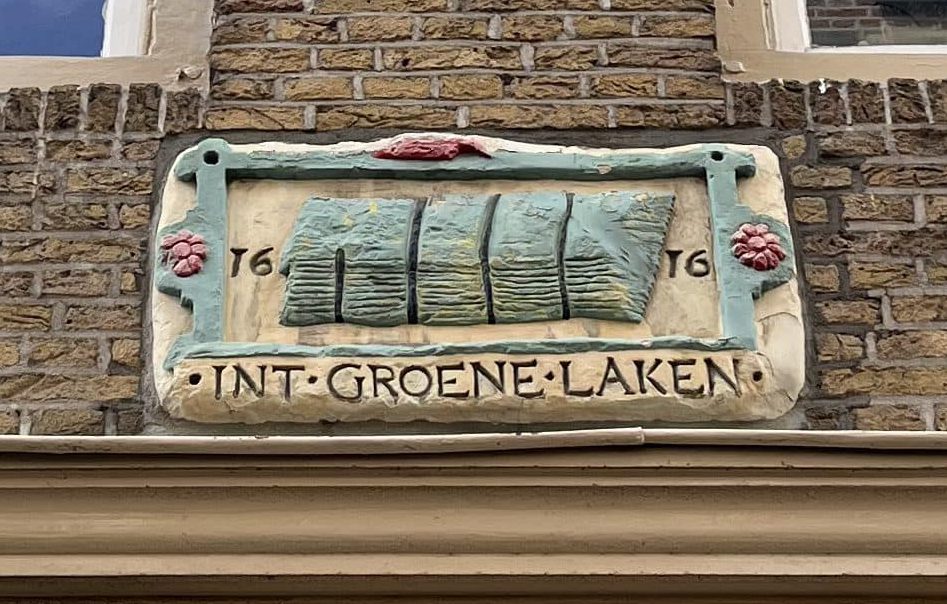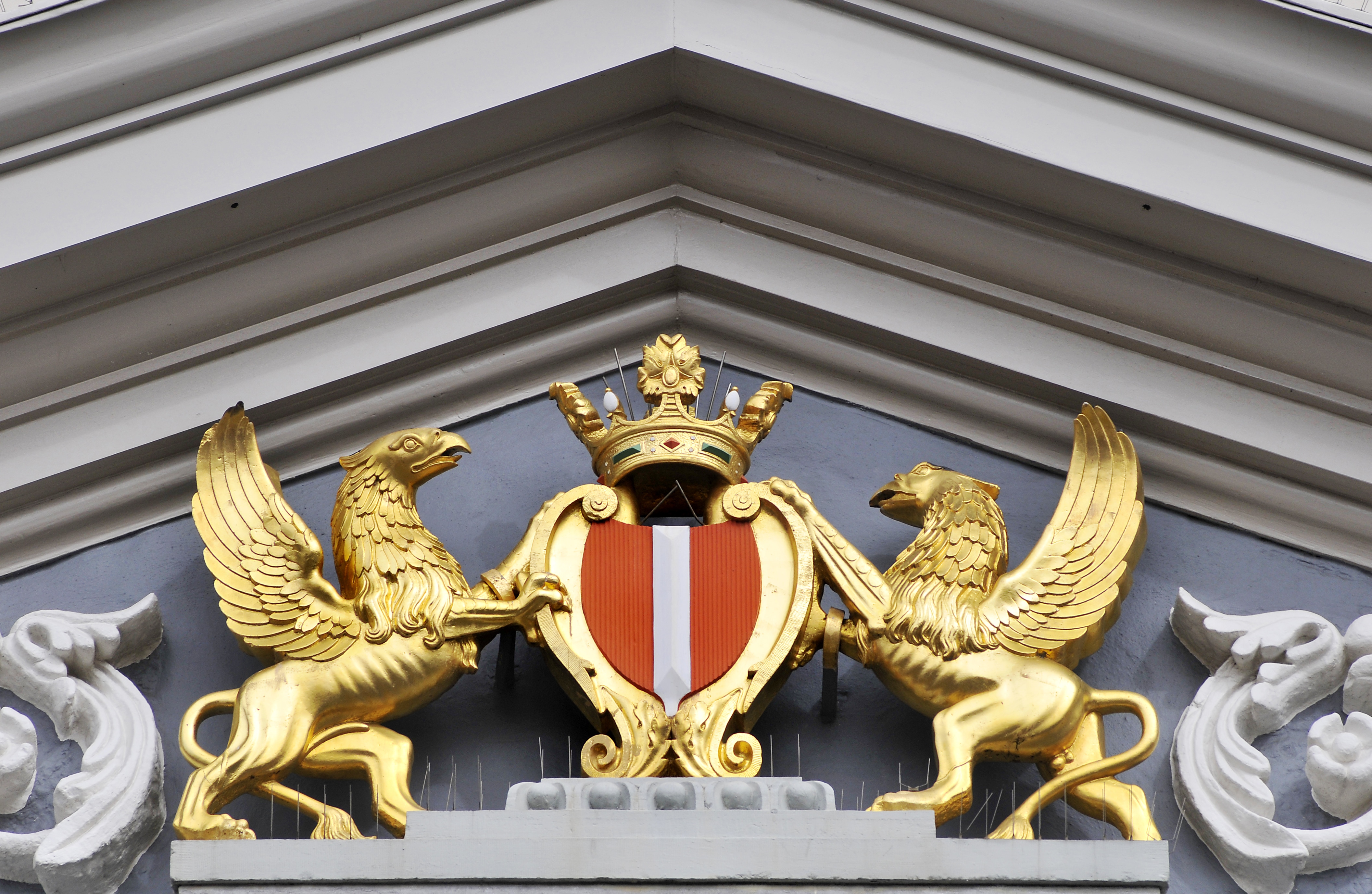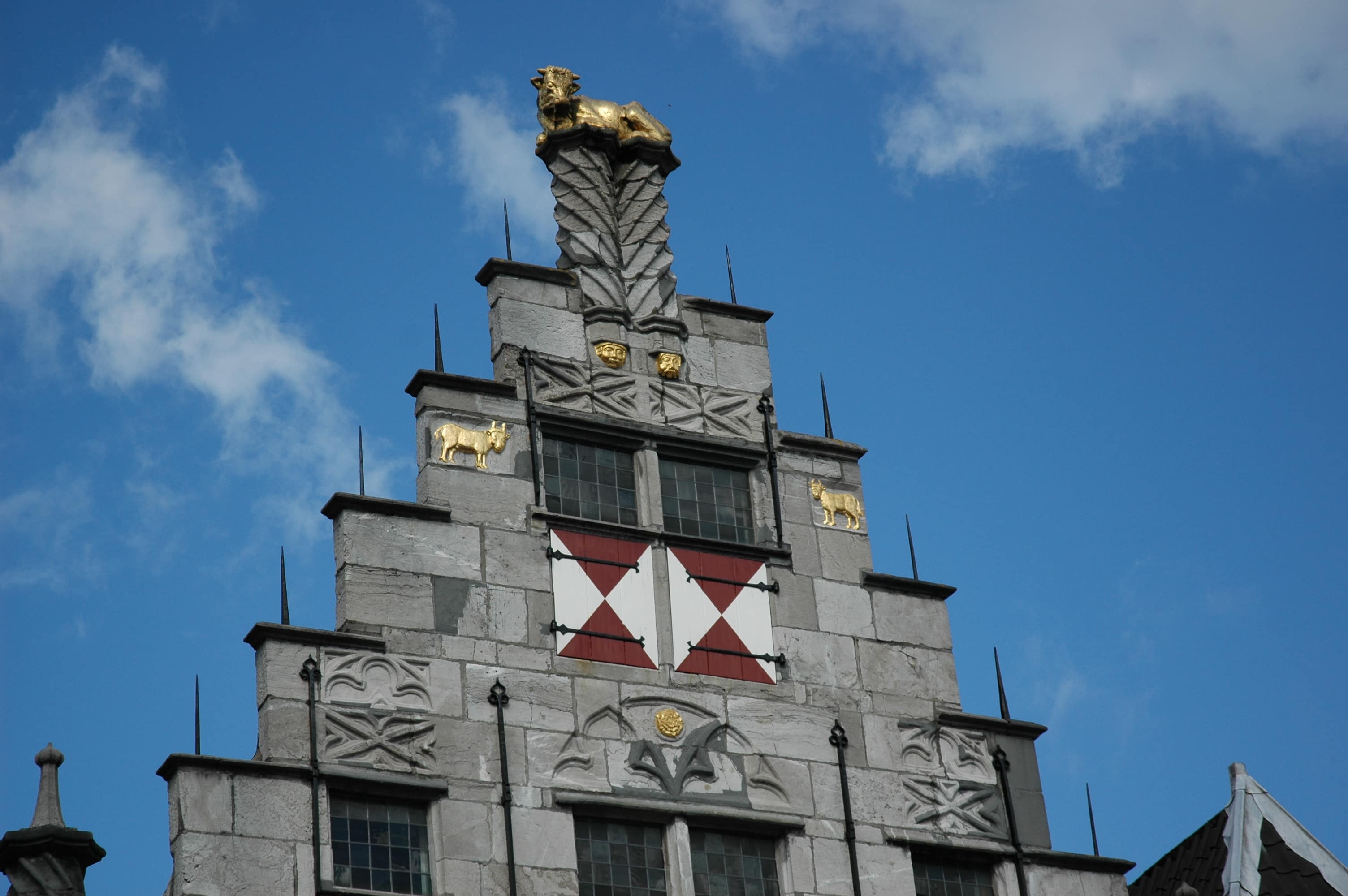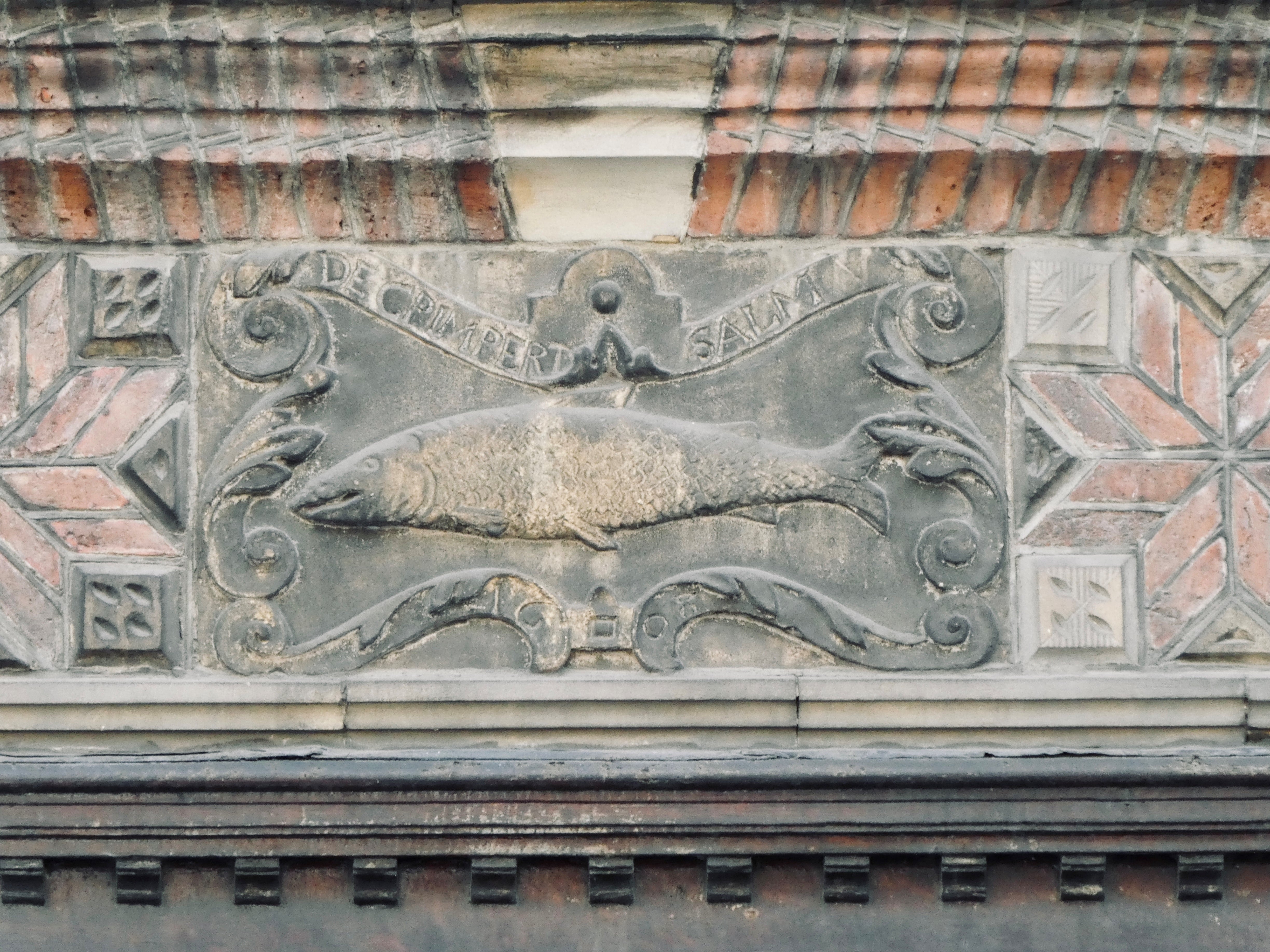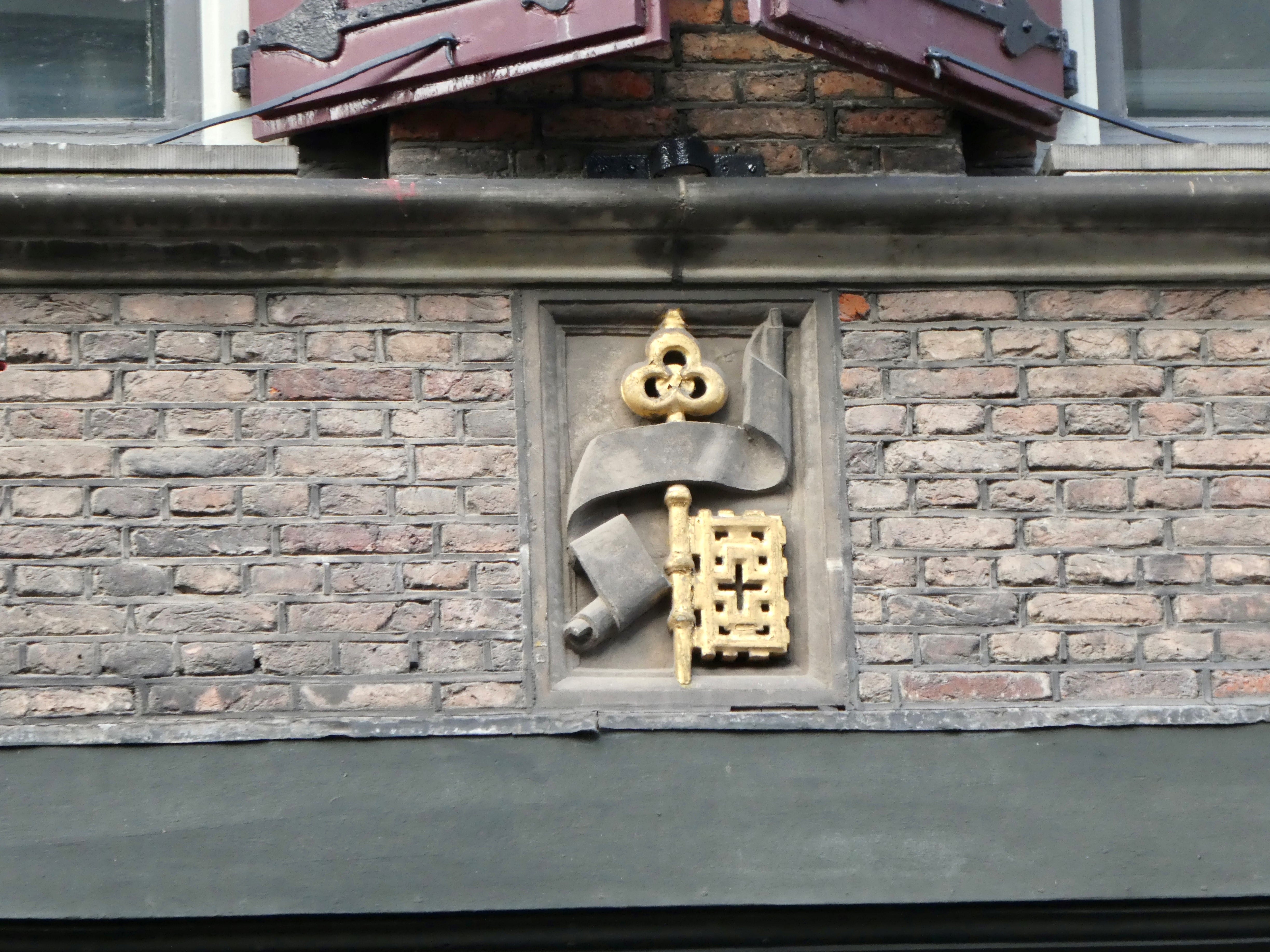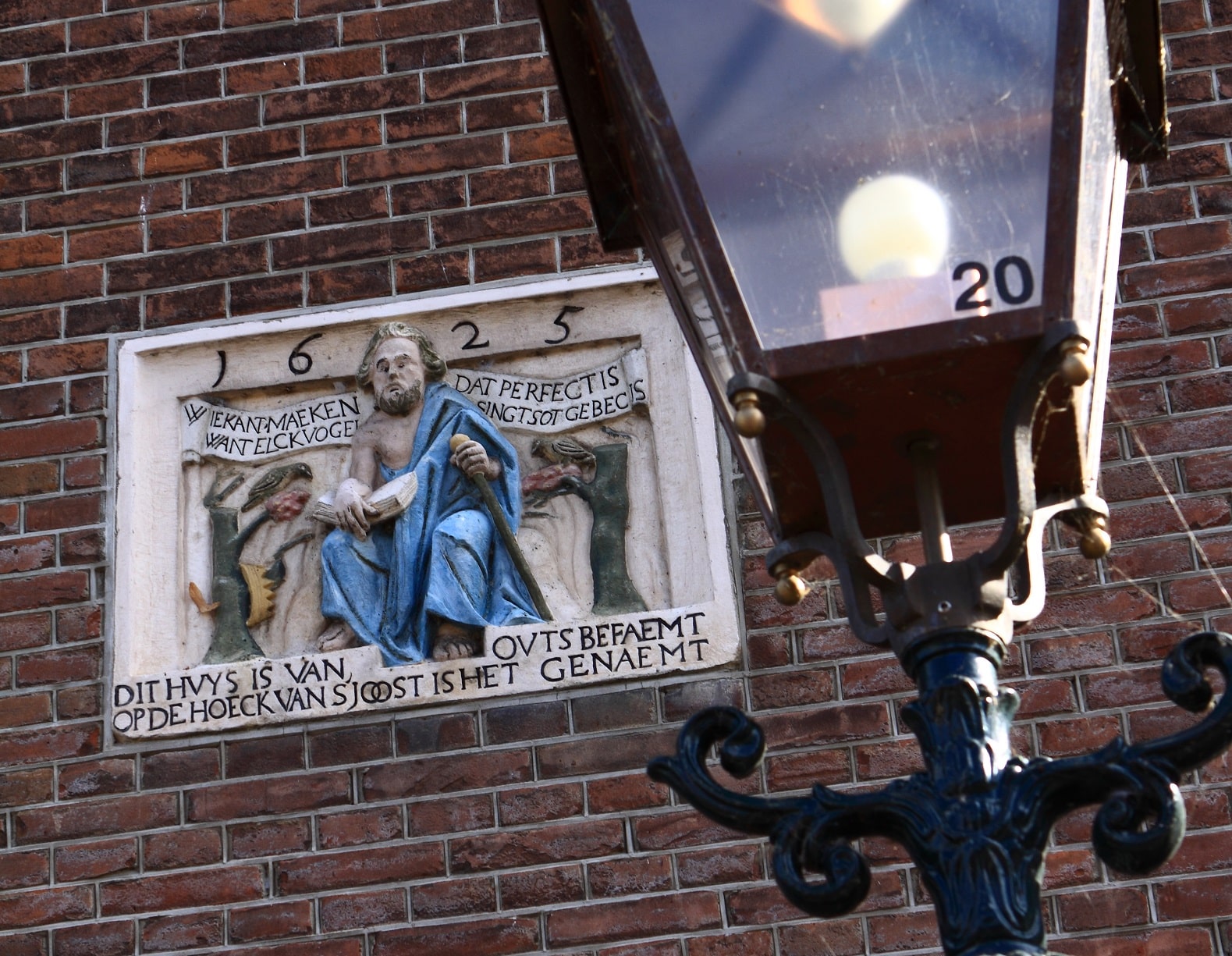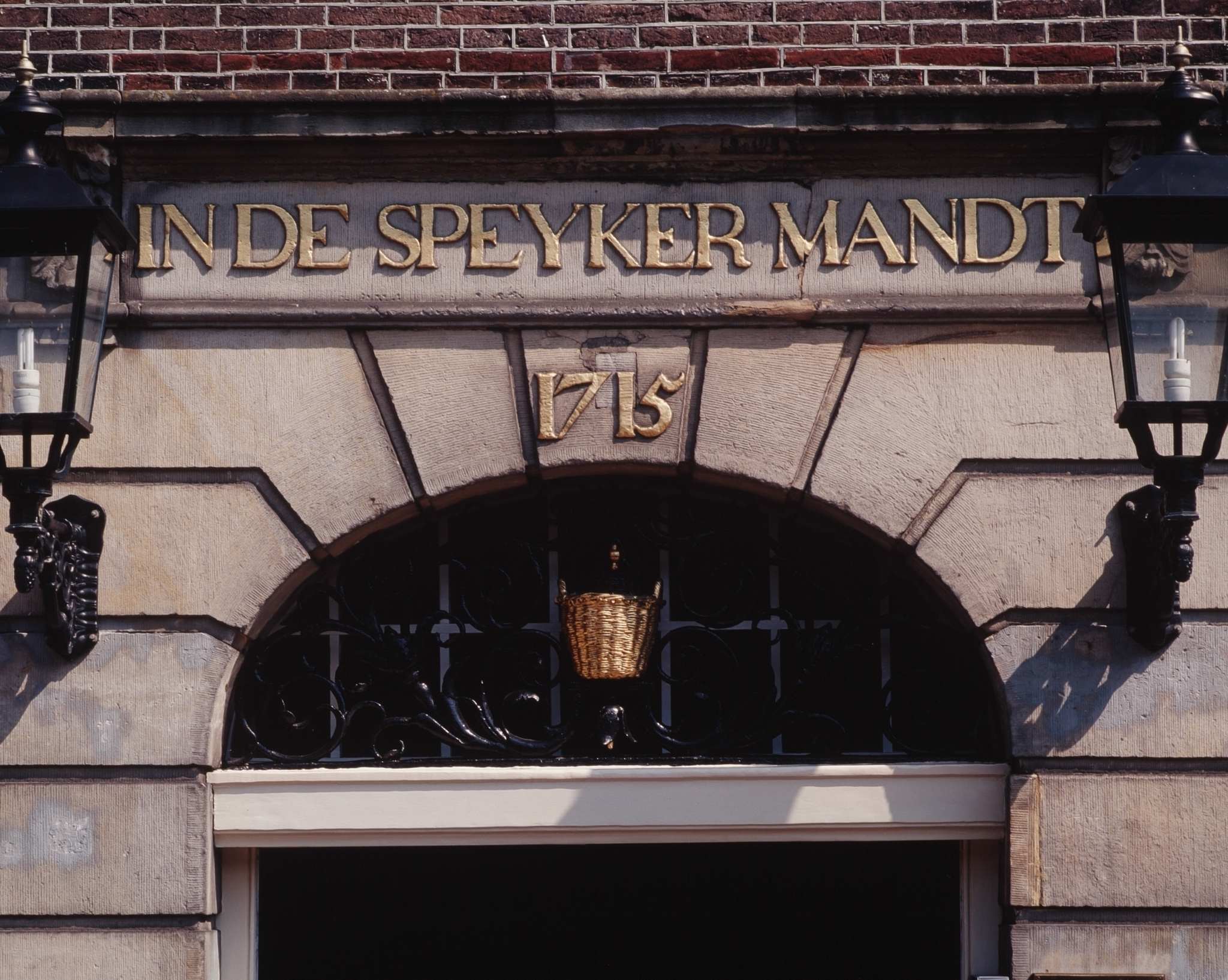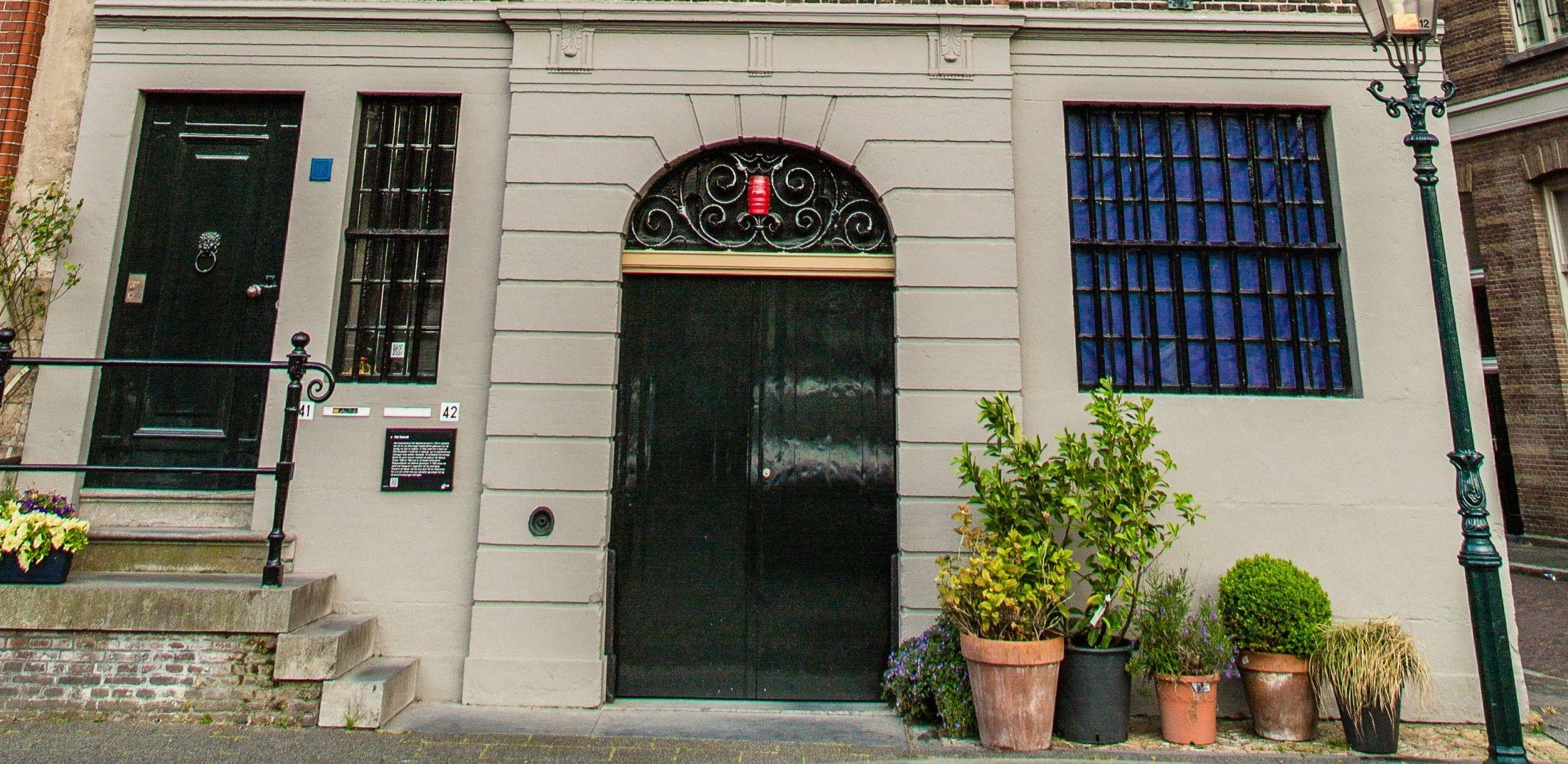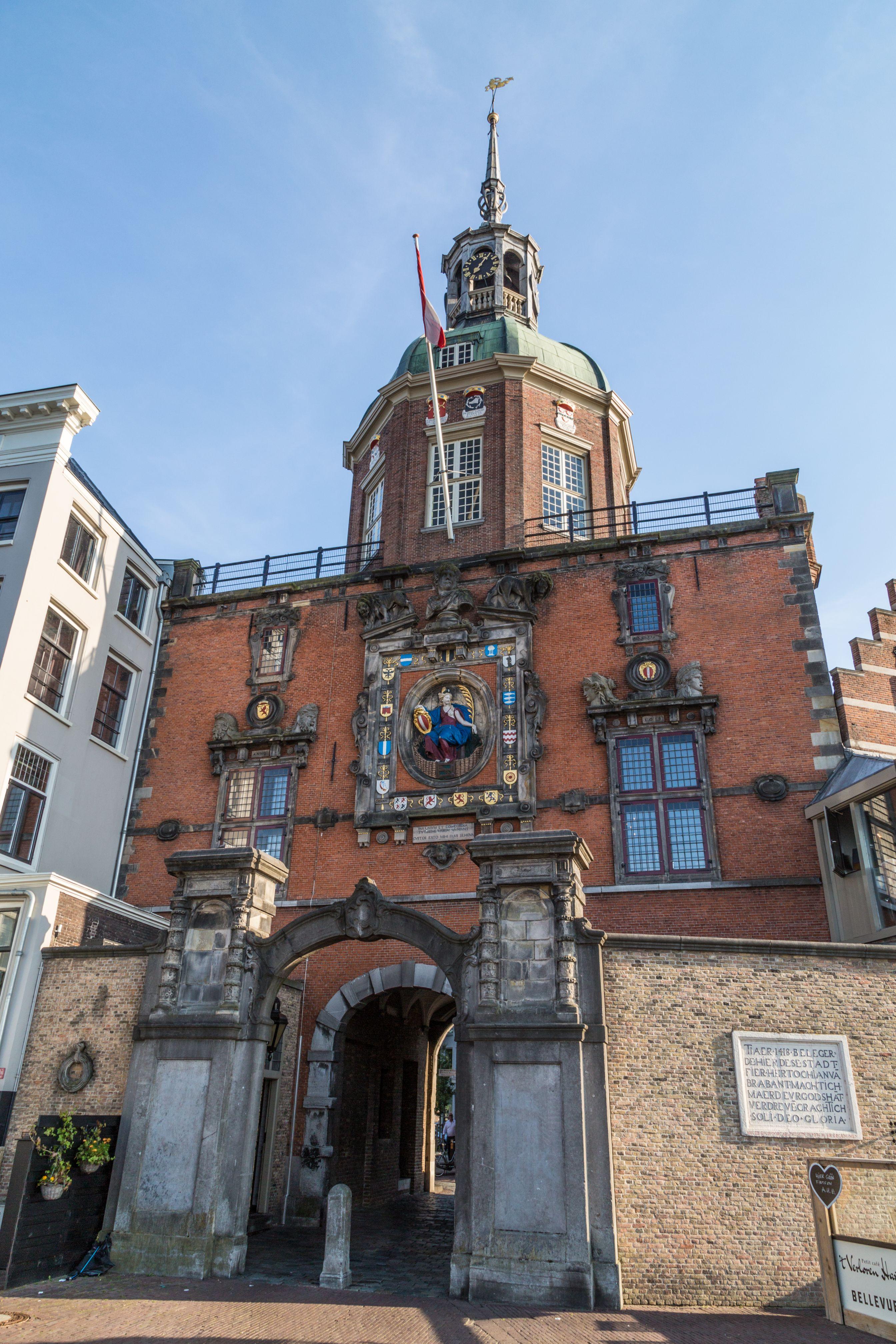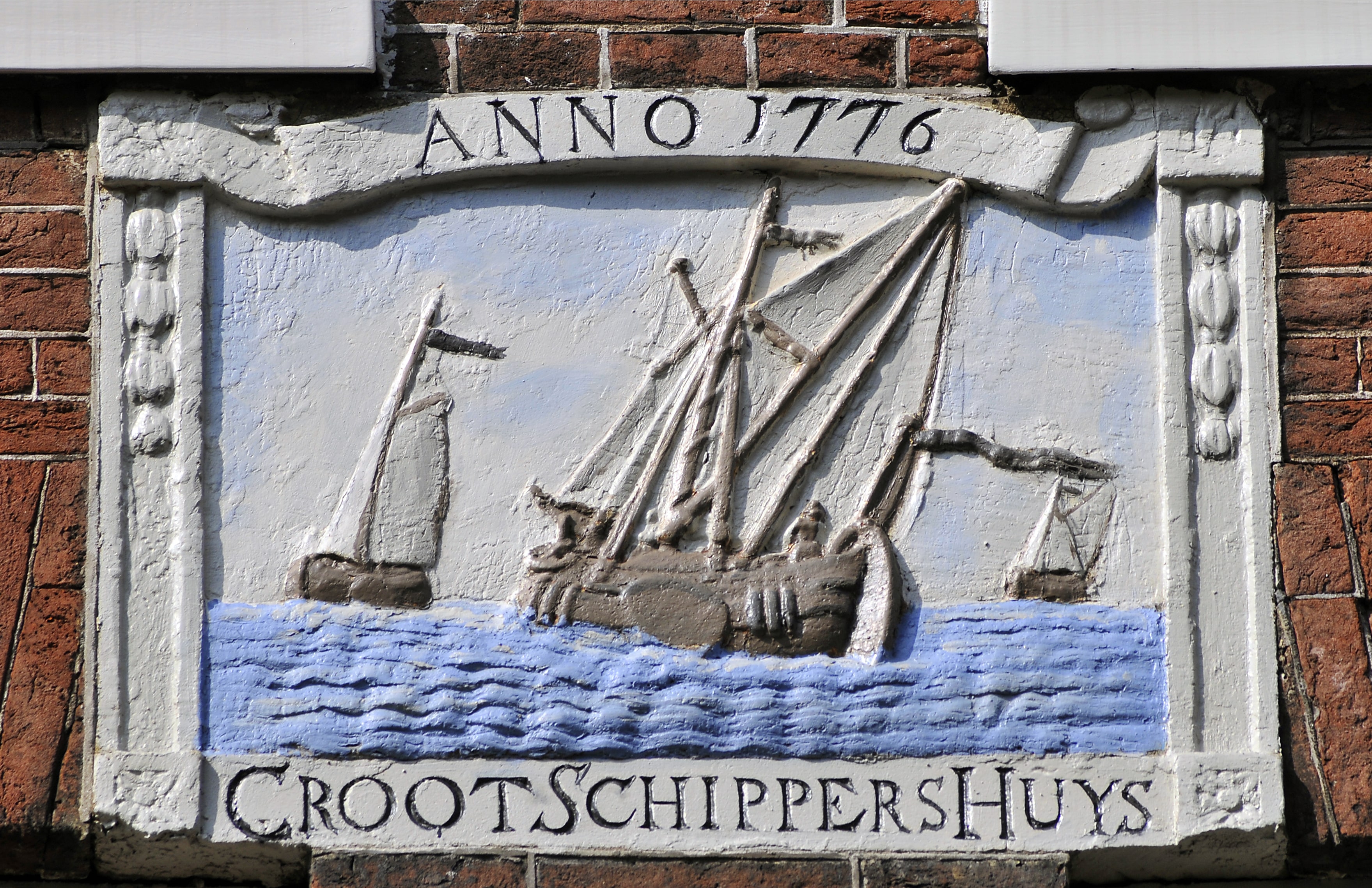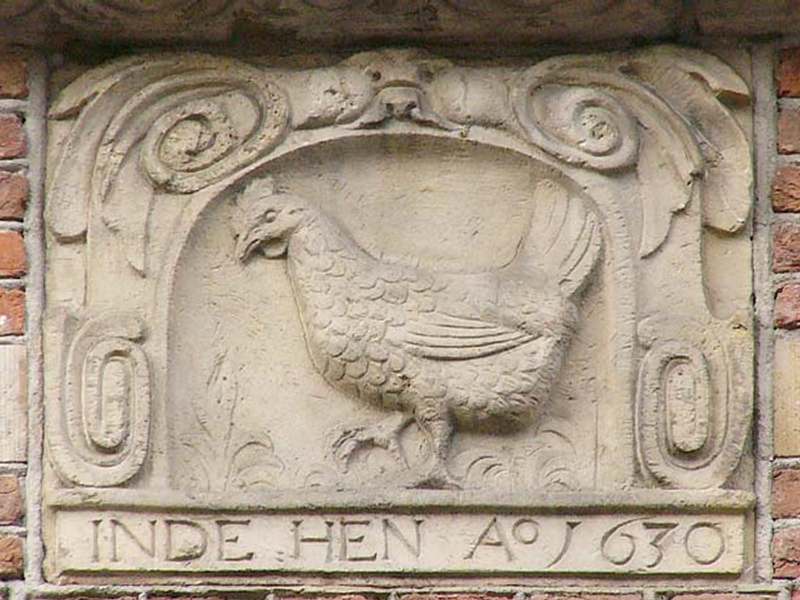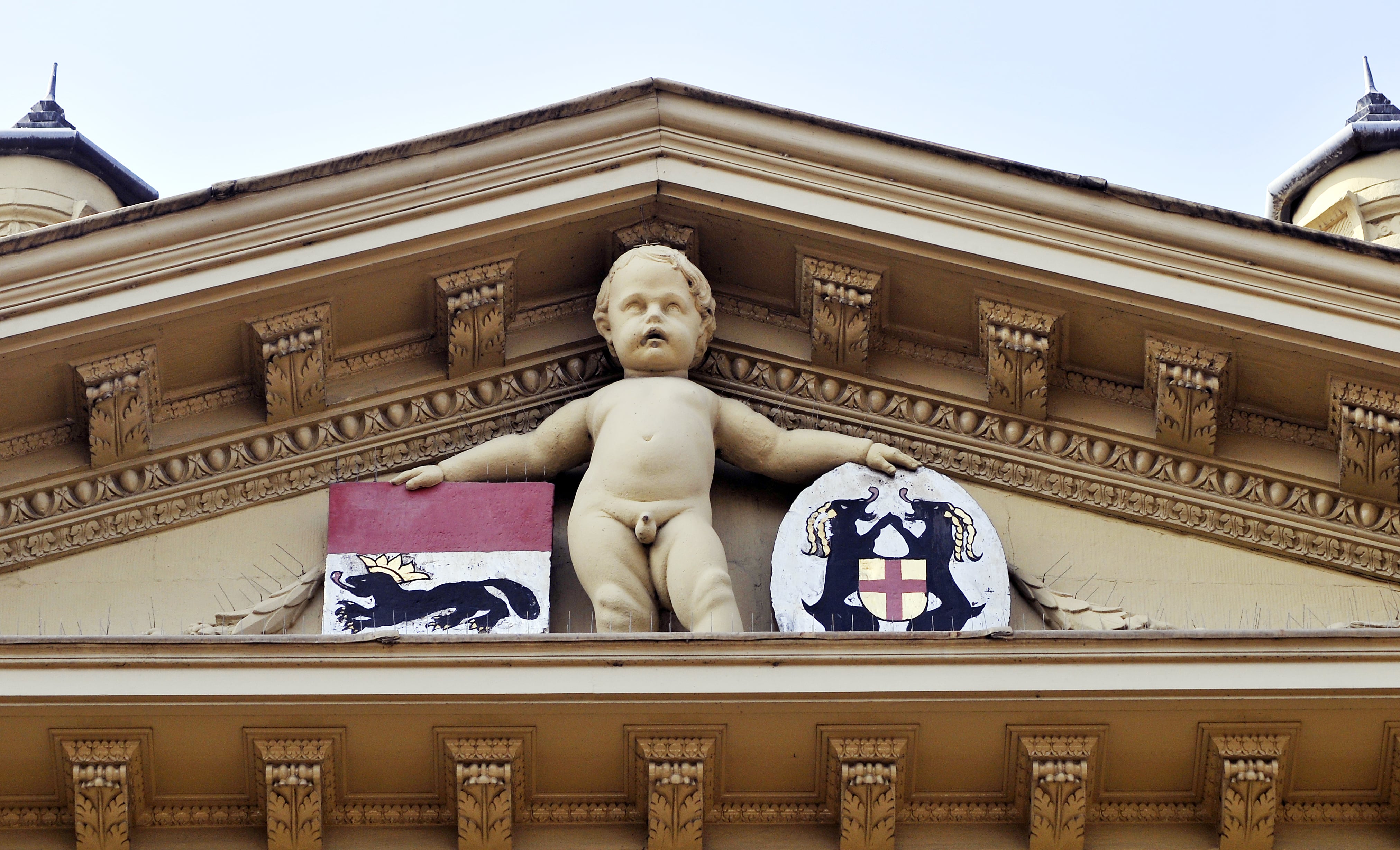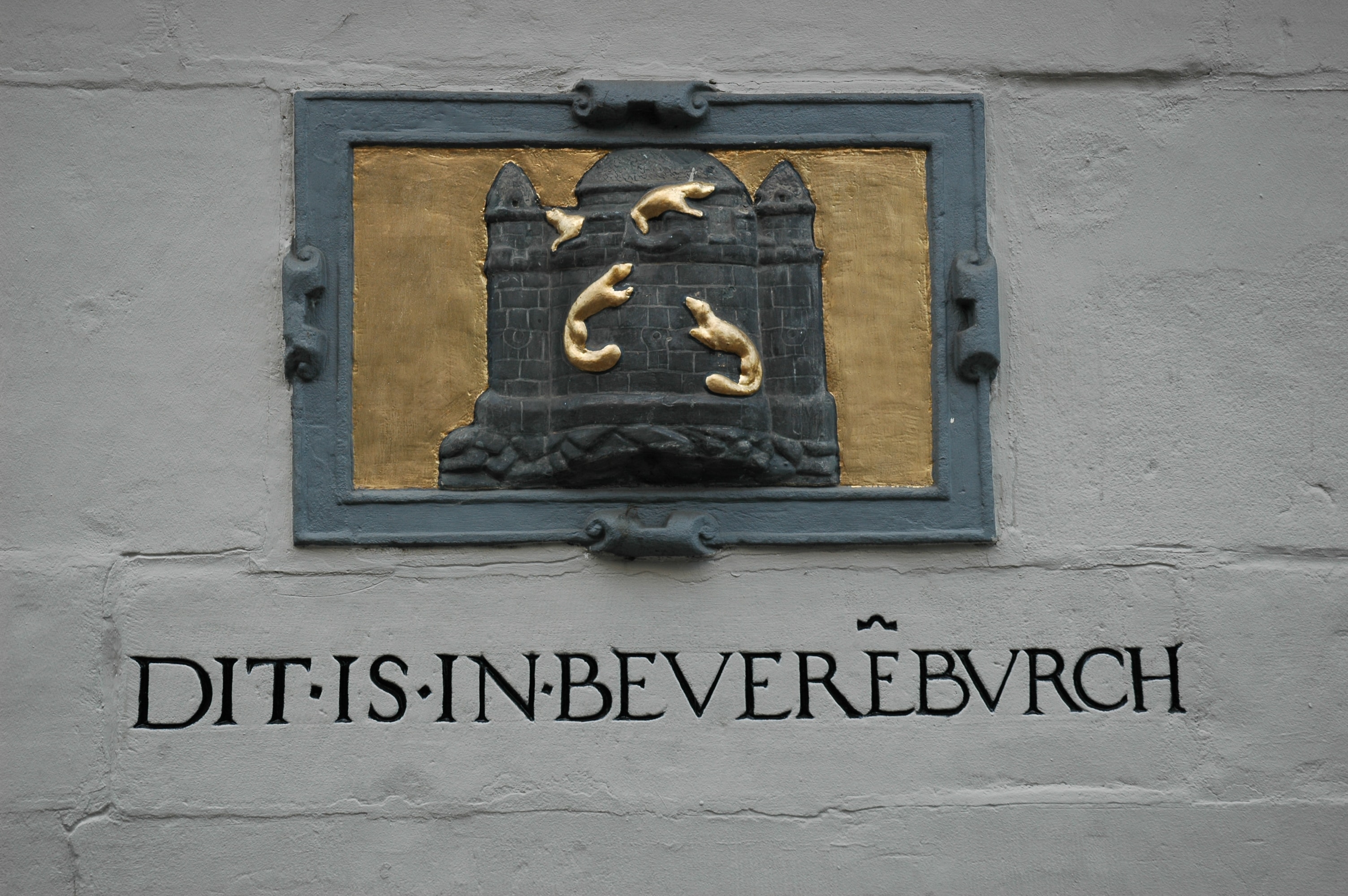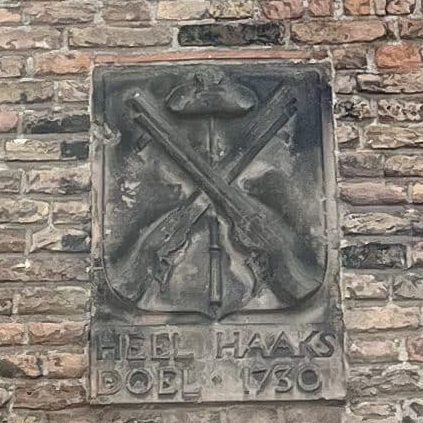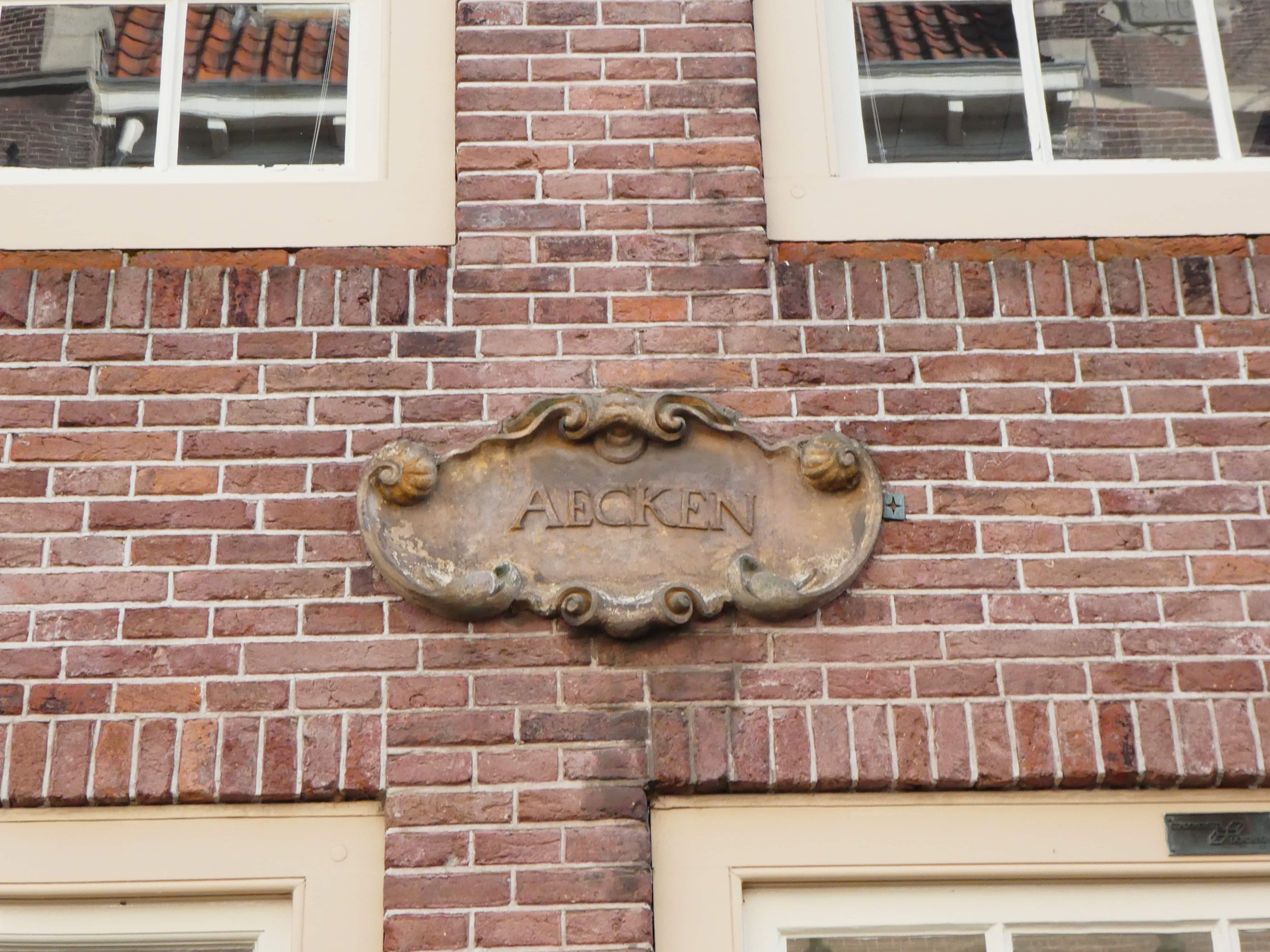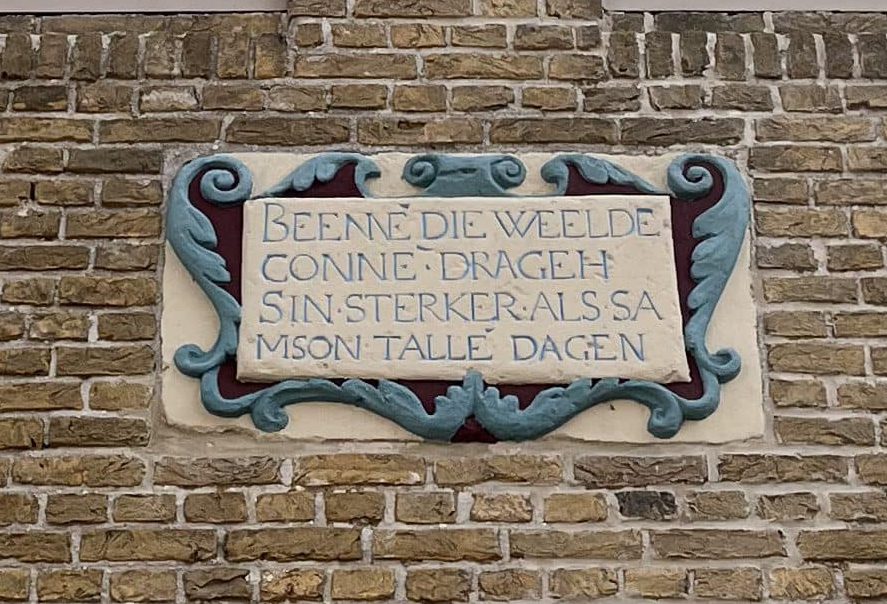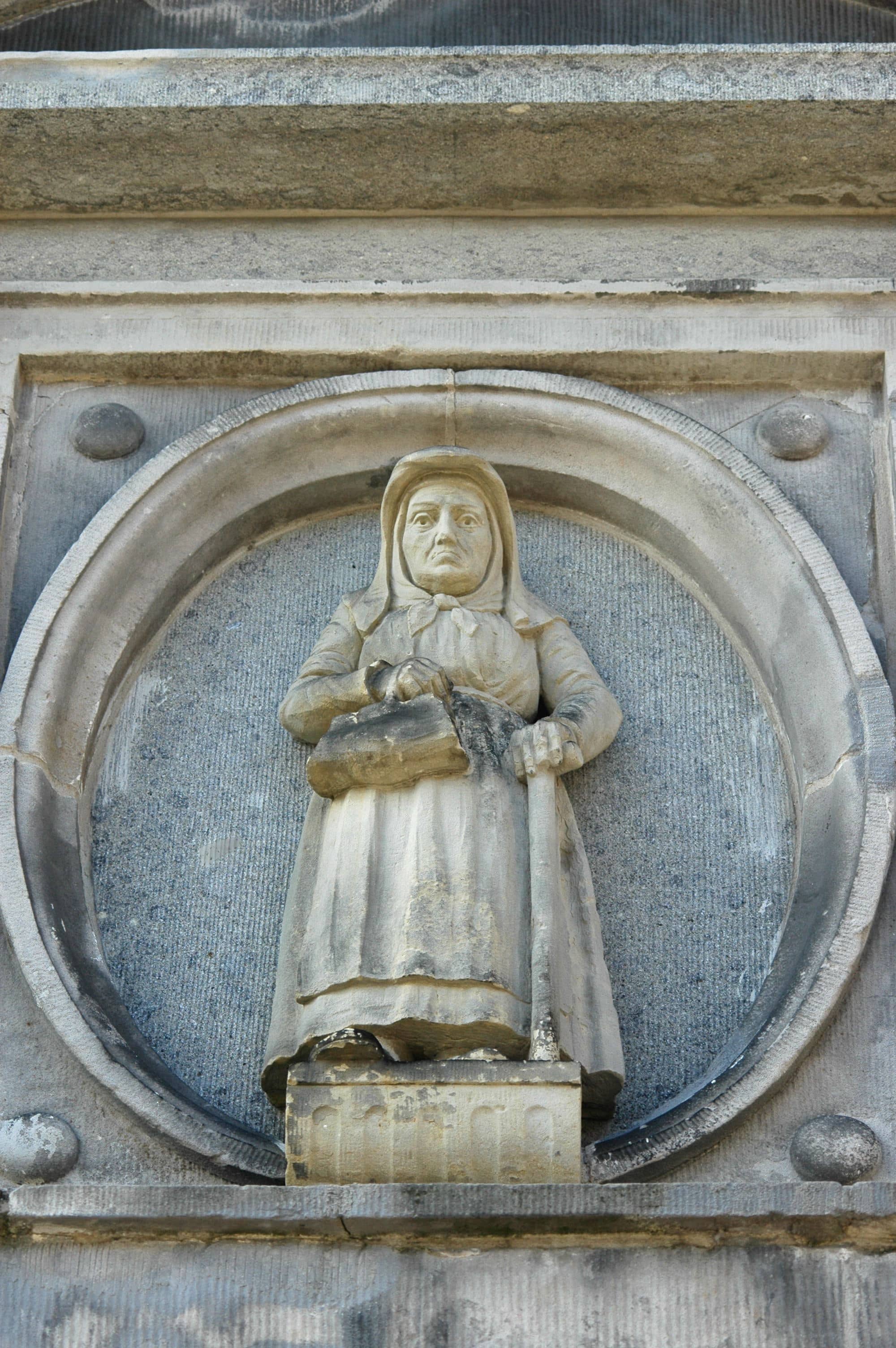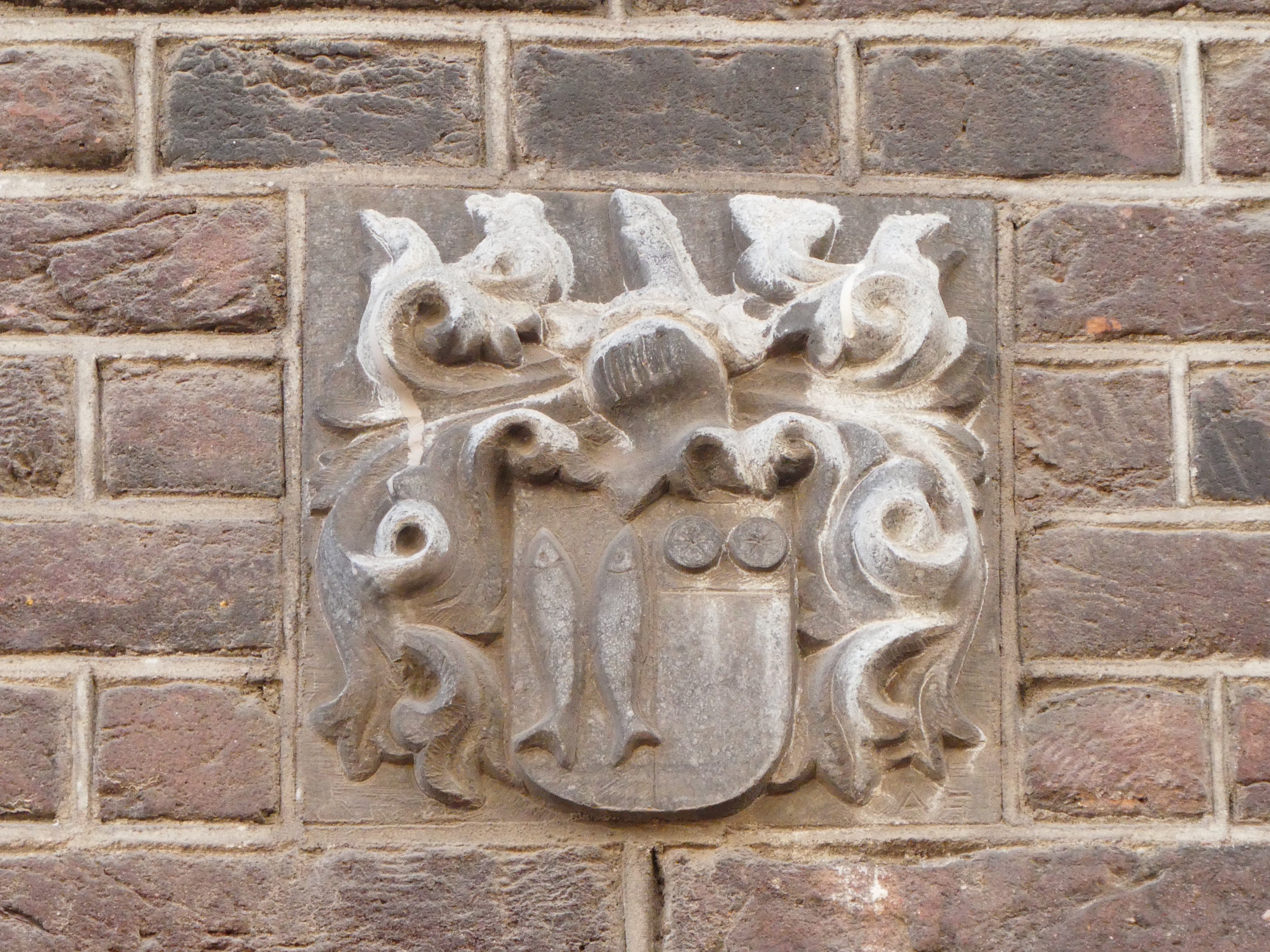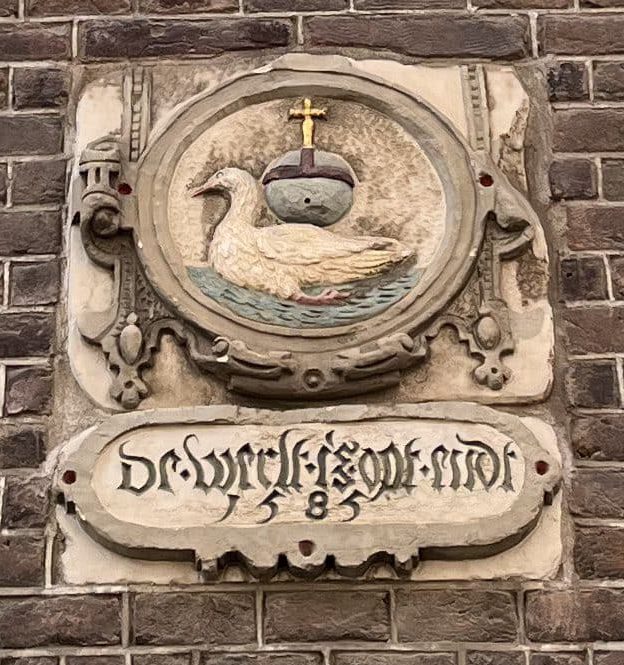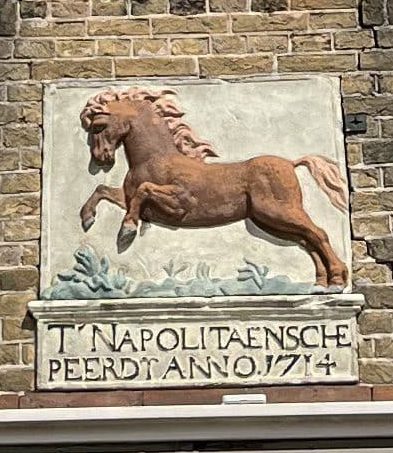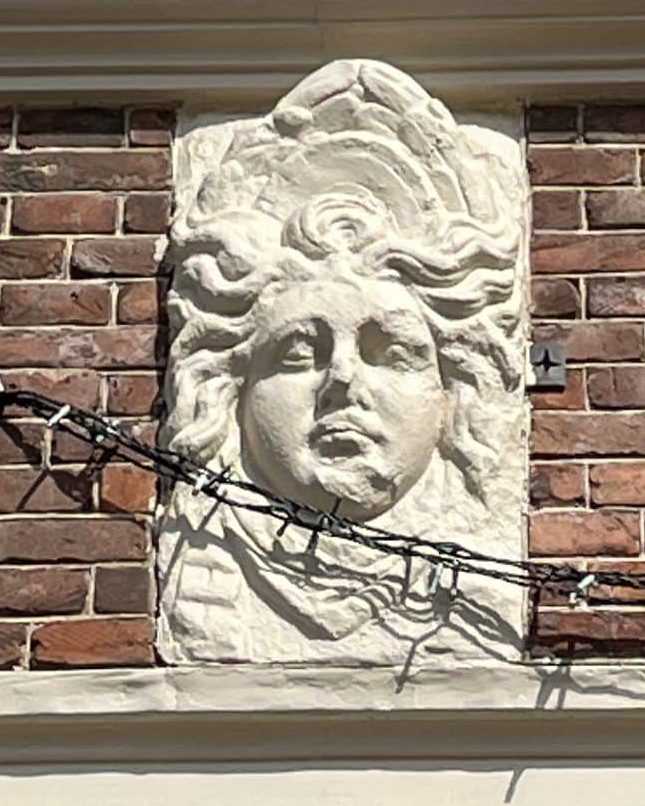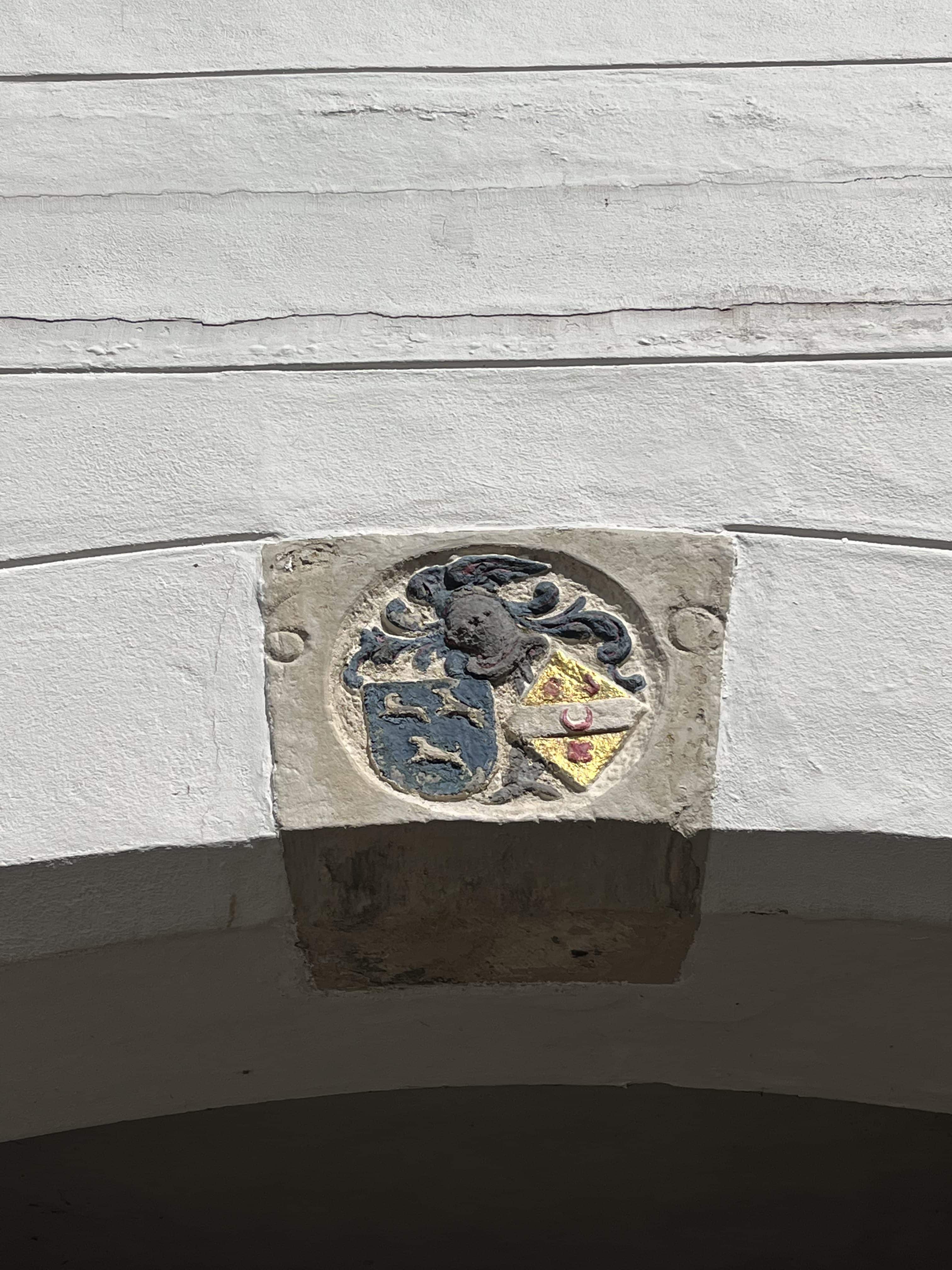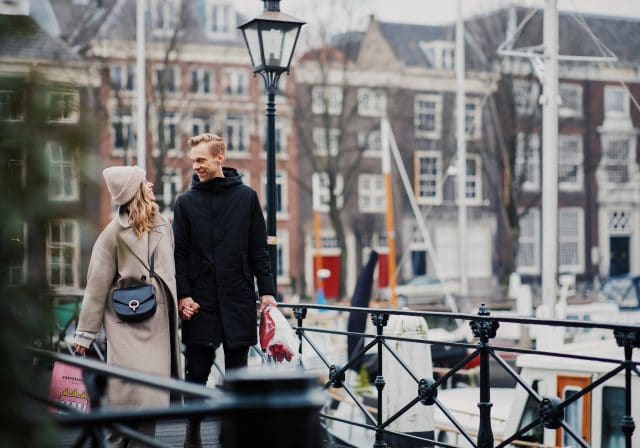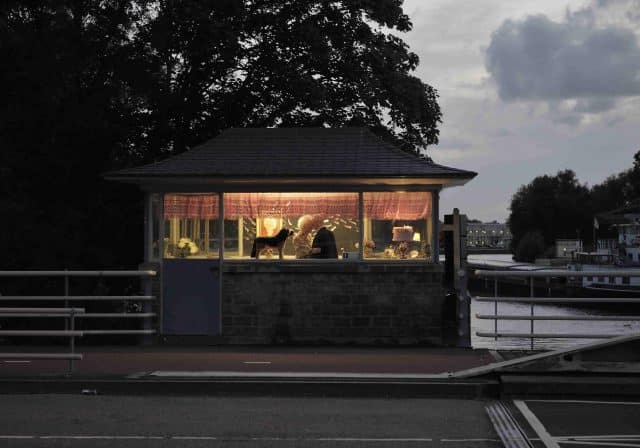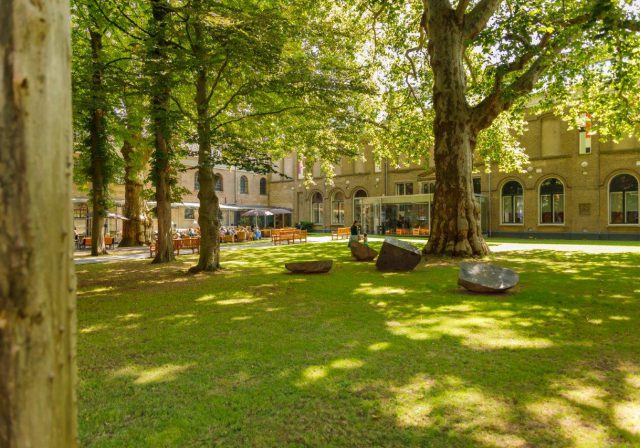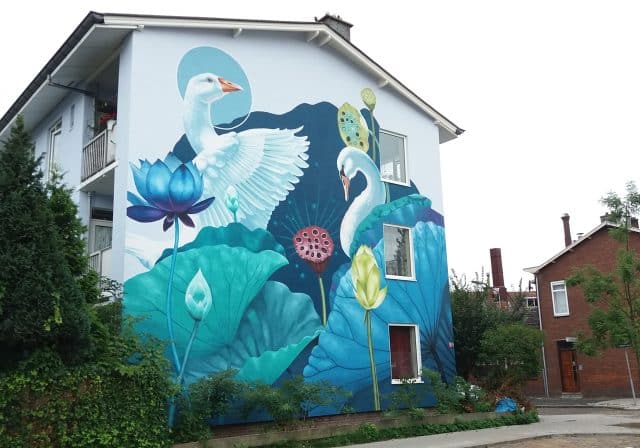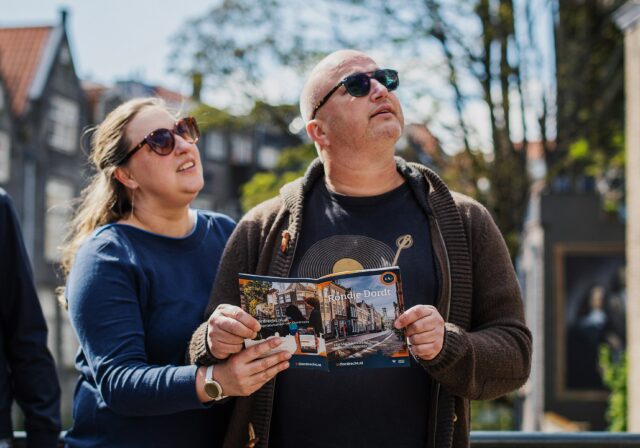Gable stones often served as an address indicator in the city. Sometimes they were also simply advertising. What occupation was practiced in the building? Or where did the occupant come from? The gablestone told. From municipal storage and from demolished buildings, many façade stones were relocated around 1970. The area near Statenplein is now a Valhalla of and for facing stones.
TIPS
- Want to shorten the route? Then start at number 15 Het Hof and walk a short round through Hofstraat and Nieuwstraat.
- Gezichten van Dordrecht, a booklet with background information on facade stones with faces.
- When you open the map in Google Maps make sure your navigation (at the top) is set to walking.
- After following this route, do you have any comments or would like to leave a review? If so, please fill out this form.
